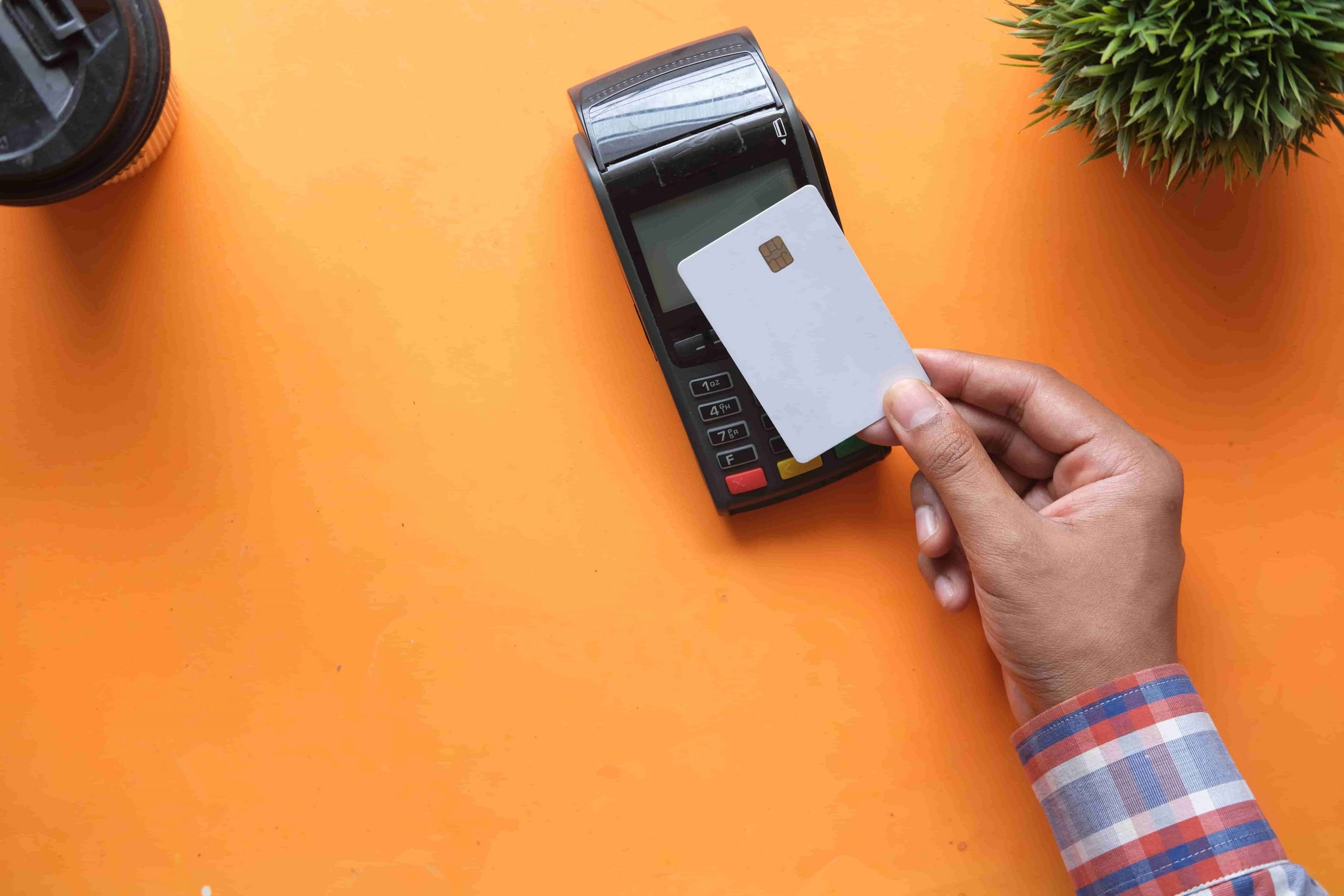The 6 Tips You Need To Get Your First 100 Customers
Getting your business off the ground with your first customers can be a challenging task.
Most businesses, including some of the startups that I tried to make when getting started, fail to get off the ground and get even a single customer, let alone 100.
To help you get there, I’m going to take you through my 6 methods of getting your first 100 customers.
If you’re looking to get 100 customers for your new business and want to watch a video about it, I’d recommend watching this video by Rob Walling, where he gives 9 actionable tips to help your business succeed.
How Do You Get Your First 100 Customers?
Let’s dive into my 6 tips about how to get your first 100 customers.
Market First, Build Later

All the time, I see new entrepreneurs making the mistake of building a product first, before determining whether the product would be a good market fit.
This often leads to a lot of wasted time and resources, as they’ve spent ages building a product that ultimately has no market appeal or demand.
In order to avoid this pitfall, it’s crucial to make sure that there is a market for your product before investing time and money into its development.
You need to make sure that you identify a target audience for your brand and make sure that your product is validated before you get started, such as by using the Mom test.
If you’ve already started building your product, then STOP!
Before you spend any more time building, I’d highly recommend that you go out and get feedback on your idea and current work, even if it’s not at MVP stage yet. This will help you to easily pivot your idea if it needs a tweak or completely scrap your idea if it’s not going to work out.
I learnt this lesson the hard way. When I was working on my first product, Status Hive, I spent months developing the application in isolation. When I eventually launched it, no one was watching. I spent months frantically trying to market the product to anyone I could.
While I did get a few people’s attention, no one would pay for the product, citing that it had already been done and didn’t fit a need that they were wanting.
That’s why I’d highly recommend that you identify your target market and validate your idea before getting to any development. I’ve shared my insights on these topics, which you can read by clicking on the links above.
Why Should I Market My Product First?
But, I’m not just recommending that you solely validate your startup here. You should go one step further and actually try to sell your product to people.
Why?
Well, it:
- Validates the Idea: Marketing your product first allows you to ensure that there is demand within your target audience.
- Builds Excitement: By marketing your product before it’s available, you can generate consumer excitement, which will help you to get loads of early adopters for your product.
- Provides Feature Suggestions: Users from your target audience will help shape your product by providing suggestions about how the solution could better solve their needs. This will improve your product and increase its sellability later down the line.
- Secures Funding: If you’re looking to raise initial capital for your business, you’ll need to be able to show that users are interested in your product.
- Saves Time and Money: Working on a product idea that no one is interested in is a waste of your time and money.
Develop Your Product
Once, and only once, you have thoroughly validated the demand for your product, it’s time to start developing.
It’s important to keep the people you interacted with in the previous step informed of your progress to gain lots of valuable feedback and keep an audience engaged and waiting for your product.
I’ve always found that an email list is the easiest way to do this (because who doesn’t have email?), but social media such as Twitter or a Facebook group have worked well for others too.
As you gather feedback during development, be sure to prioritise the most important features and changes that align with the needs of your target market. This will help you develop a product that truly meets the needs of your customers and sets you apart from competitors in the market.
Micro-Launch
Once you have developed your MVP, it’s time to launch it to your early-access users that you’ve been keeping in contact with.
To incentivise these users, consider offering an early bird bonus such as free onboarding, migration, or a discount for your services. Be sure to mention that they are receiving this because they followed your email list to promote good faith and improve their perception of the product.
This positive interaction can encourage them to overlook any small issues with your product as you continue to grow and develop your brand.
While you’re running your micro-launch, make sure to keep an eye on our 40-point pre-launch checklist to make sure your business gets off on the right foot.
Nail Down Your Pricing

Once you’ve launched your product to your early adopters, it’s time to determine where to price your product.
Pricing your product too low can reduce your customers’ perception of its value and will require a larger user base to sustain your business. Moreover, a low price point can limit your ability to effectively market your product, as the lifetime value of each customer may be too low to make the more expensive marketing options worthwhile.
To avoid these pitfalls, it’s important to conduct thorough research on your competitors’ pricing strategies, as well as your target market’s means and willingness to pay.
As you set your pricing strategy, consider offering multiple pricing tiers that align with the needs and budgets of different customer segments. This can help you maximize revenue while providing customers with a range of options to choose from.
Full Launch
Once you have a solid product, it’s time to start gaining traction by launching in as many relevant places as possible.
At this stage, you don’t need to worry about long-term, uber-efficient marketing strategies. Your focus should be on expanding your customer base beyond your initial email list.
Consider utilising various launch strategies to get your product in front of your target market.
These strategies will vary depending on your target audience and product but can include posting on forums, reaching out to influencers and submitting your product to relevant directories.
Remember that gaining traction can take time and effort, but the key is to stay persistent and keep experimenting with different strategies until you find what works for your product and target market.
Marketing, Marketing, Marketing
Once you have a product that’s validated and launched, you may well already have 100 customers (especially if you’ve launched your product multiple times in different places).
But if you’re looking to grow your business further, you’ll need to explore new ways to market your product. One effective approach is to place small bets on a variety of marketing channels and see which ones yield the best results.
Experimentation is key here. You could try running paid ad campaigns on different social media platforms, creating engaging blog posts or videos, sponsoring events in your industry, or partnering with other businesses to reach your target audience.
The goal is to find the marketing channels that work best for your business and target audience and double down on them. If you’re looking for inspiration, check out our 10 creative marketing ideas.
Key Takeaways
- Market First, Build Later: Avoid building a product without validating its market fit. Identify your target audience and validate your product idea before investing in development. Seek feedback early on to pivot or refine your idea if necessary.
- Why Market First?: Marketing your product first validates the idea, builds excitement, provides feature suggestions, secures funding, and saves time and money in the long run.
- Develop Your Product: After thorough validation, start developing your Minimum Viable Product (MVP). Keep your early-access users informed of your progress and prioritize features based on user feedback and market needs.
- Micro-Launch: Launch your MVP to early-access users and consider offering incentives like discounts or bonuses. Keep a close eye on your pre-launch checklist to ensure a successful start.
- Nail Down Your Pricing: Determine your product pricing carefully, considering competitors’ strategies and your target market’s willingness to pay. Offer multiple pricing tiers to cater to different customer segments.
- Full Launch: Expand your customer base by launching your product in relevant places. Utilize various launch strategies such as forums, influencer outreach, and directory submissions to reach your target audience.
- Marketing, Marketing, Marketing: To further grow your business, experiment with various marketing channels and strategies. Run paid ad campaigns, create engaging content, sponsor events, or partner with other businesses to find what works best for your target audience.
Overview
By this point, your startup should have its first 100 customers. If you have, learn how to grow your small startup into a million-dollar business. If you’re still looking for a startup idea, have a look at these 5 ways to come up with a creative startup idea.







